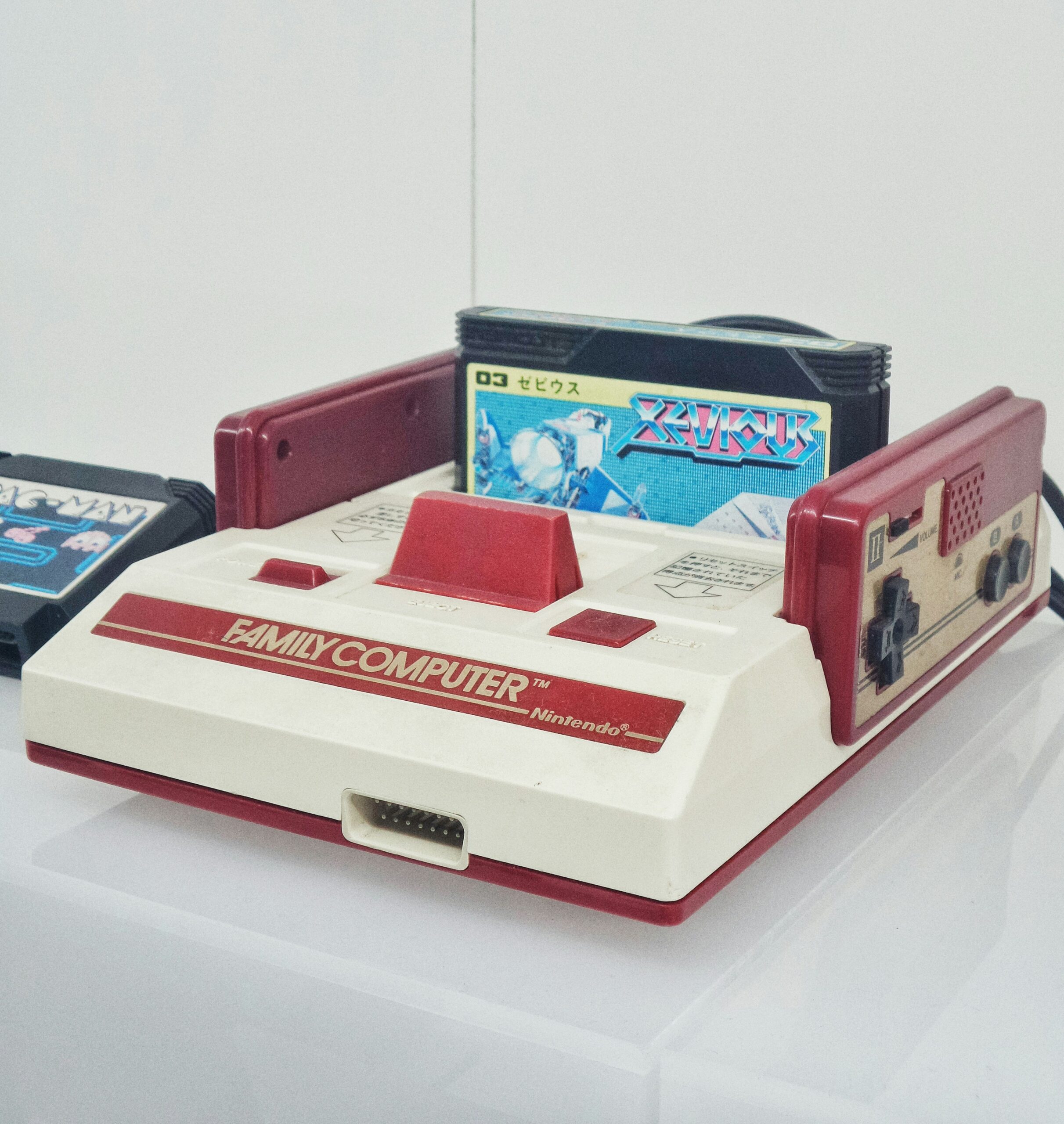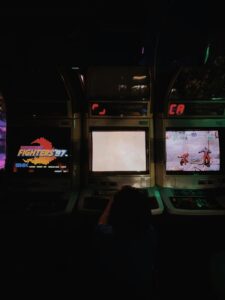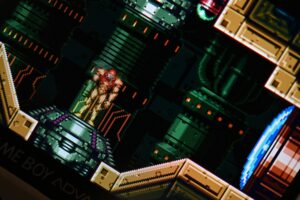In an era dominated by cutting-edge gaming consoles and virtual reality experiences, there’s a persistent whisper of nostalgia that invites us to look back to simpler times. This whisper has grown louder, echoing the fond memories of a generation that grew up with the Nintendo Family Computer, commonly known as the Famicom. This device wasn’t just a gaming console; it was a companion that introduced many to the enchanting world of video games, forging unforgettable memories and a lasting legacy that continues to influence the gaming industry today. Let’s embark on a journey through time, reviving the nostalgia of the Nintendo Family Computer era, exploring its impact, the games that defined it, and how it continues to resonate with fans around the world.
Reviving Nostalgia: A Nintendo Journey
The resurgence of interest in the Nintendo Family Computer is more than a passing trend; it’s a testament to the console’s enduring appeal and its pivotal role in the history of video gaming. For many, revisiting the Famicom is akin to opening a time capsule, filled with the sights and sounds of their youth. This revival is powered by a blend of curiosity from newer generations and a deep sense of nostalgia from those who spent countless hours in its digital landscapes. As we delve into the Famicom’s world, we realize that this journey is not just about revisiting the past but also about understanding how it shaped the future of gaming.
Unboxing the Past: The Family Computer Era
When the Nintendo Family Computer was launched in Japan in 1983, it was a revelation. Its red and white design became iconic, and its compact size made it a perfect fit for homes around the world. The Famicom was designed to be accessible, with easy-to-understand controllers and cartridges that made game swapping a breeze. This era wasn’t just about the hardware; it was a cultural phenomenon that transformed living rooms into arcades, bringing families and friends together in front of the television screen.
From Pixels to Passion: Famicom’s Legacy
The legacy of the Famicom extends far beyond its hardware and software. It was the birthplace of franchises that remain beloved today, including "Super Mario Bros.," "The Legend of Zelda," and "Metroid." These games did more than entertain; they inspired a generation of gamers and developers by proving that video games could be a form of art. The Famicom era was marked by creativity and innovation, with developers pushing the limits of the hardware to create complex, engaging worlds out of simple pixels.
The Games That Defined a Generation
The Famicom library is a treasure trove of titles that defined the 80s and early 90s gaming culture. Games like "Dragon Quest," "Final Fantasy," and "Castlevania" weren’t just popular; they established genres and set standards for storytelling, gameplay, and music. These games were challenging, often requiring hours of dedication to master, but they were also incredibly rewarding, offering rich narratives and immersive worlds that captivated players.
Behind the Scenes: Creating the Famicom
The creation of the Famicom was a labor of love and innovation. Spearheaded by Nintendo’s then-president, Hiroshi Yamauchi, and designed by Masayuki Uemura, the console was developed under tight constraints with a vision to create an affordable, family-friendly gaming system. The development team navigated numerous challenges, from hardware limitations to finding a balance between performance and cost. Their success not only revolutionized the gaming industry but also set a new standard for console design and functionality.
A Global Phenomenon: Nintendo’s Rise
Nintendo’s rise to global prominence was propelled by the Famicom, known as the Nintendo Entertainment System (NES) outside Japan. Its international success rewrote the rules of the gaming industry, establishing Nintendo as a household name. The console’s impact was felt worldwide, from North America to Europe, where it helped revive a waning interest in home gaming consoles. The NES era was marked by strategic partnerships, innovative marketing campaigns, and a library of games that appealed to a broad audience.
The Evolution of Gaming Controllers
The Famicom introduced a controller design that would become the blueprint for future generations. Its simple layout, featuring a directional pad and a select number of buttons, was a departure from the complex interfaces of previous gaming systems. This design philosophy emphasized ease of use and accessibility, making gaming more approachable for people of all ages. The evolution of gaming controllers can be traced back to the Famicom, highlighting its influence on ergonomics and user interfacing in the industry.
Legends of the Cartridge: Iconic Famicom Games
Delving into the archive of Famicom games is like exploring a museum of video game history. Each cartridge represents a chapter of innovation and creativity, with titles like "Mega Man," "Ninja Gaiden," and "Kirby’s Adventure" standing out as milestones. These games were not only technologically impressive for their time but also laid the groundwork for gameplay mechanics and storytelling techniques that are still in use today.
Preserving History: The Emulation Debate
The debate around game emulation is complex, touching on issues of legality, ethics, and preservation. While some argue that emulation is a form of piracy, others see it as essential for preserving the history of video games. The Famicom era, in particular, benefits from emulation, allowing modern audiences to experience classic games that would otherwise be inaccessible. This digital preservation ensures that the legacy of the Famicom and its games continues to be celebrated and studied by future generations.
From Famicom to Switch: Nintendo’s Evolution
Nintendo’s evolution from the Famicom to the Switch is a testament to the company’s ability to innovate while staying true to its roots. Each new console has built upon the lessons learned from its predecessors, pushing the boundaries of what is possible in gaming. The Switch, with its hybrid design and diverse library, embodies the spirit of the Famicom by bringing people together through the joy of gaming. It is a modern interpretation of Nintendo’s original vision, proving that some ideas are timeless.
The Community Keeping the Famicom Alive
The Famicom era lives on, not just through nostalgia but through a vibrant community of collectors, modders, and retro gaming enthusiasts. Online forums, fan conventions, and social media groups are bustling with discussions about rare finds, restoration tips, and the latest emulation software. This community is a vital link between the past and the present, ensuring that the Famicom and its games remain relevant in a rapidly evolving gaming landscape.
Where Are They Now: Famicom Developers Reflect
Many of the developers who worked on the Famicom have moved on to new projects, but their contributions to the gaming industry are indelible. Interviews with these pioneers reveal a mix of pride and astonishment at the lasting impact of their work. They reflect on the challenges of early game development, the thrill of creating something new, and the joy of seeing people continue to enjoy their games decades later. These reflections not only humanize the technological achievements of the Famicom era but also highlight the enduring power of creativity and innovation.
The journey through the Nintendo Family Computer era is a reminder of the humble beginnings of a gaming giant and the profound impact it has had on the industry and its fans. Reviving the nostalgia of the Famicom is not merely about reliving the past; it’s about celebrating a legacy that continues to shape the future of gaming. As we look back, we also look forward, inspired by the innovation, creativity, and community that made the Famicom era unforgettable. The spirit of the Nintendo Family Computer lives on, not just in the memories of those who experienced it firsthand but in the ongoing evolution of gaming, proving that some legacies never fade.








